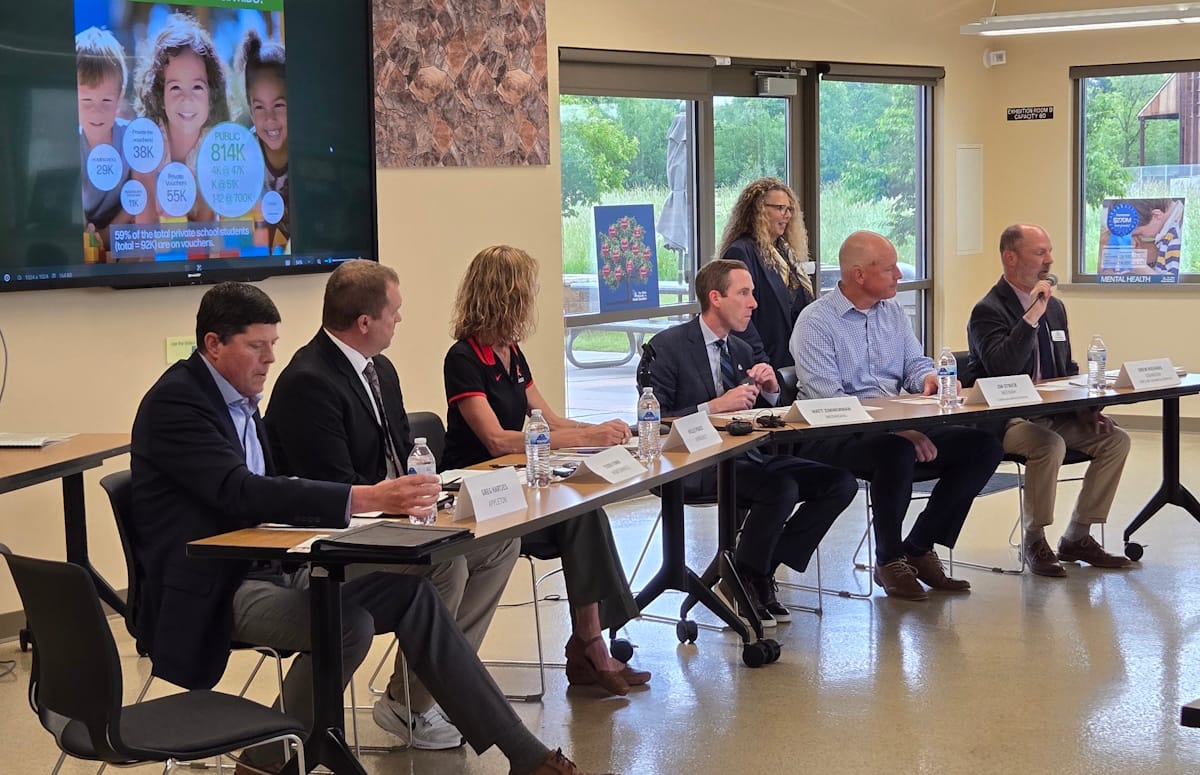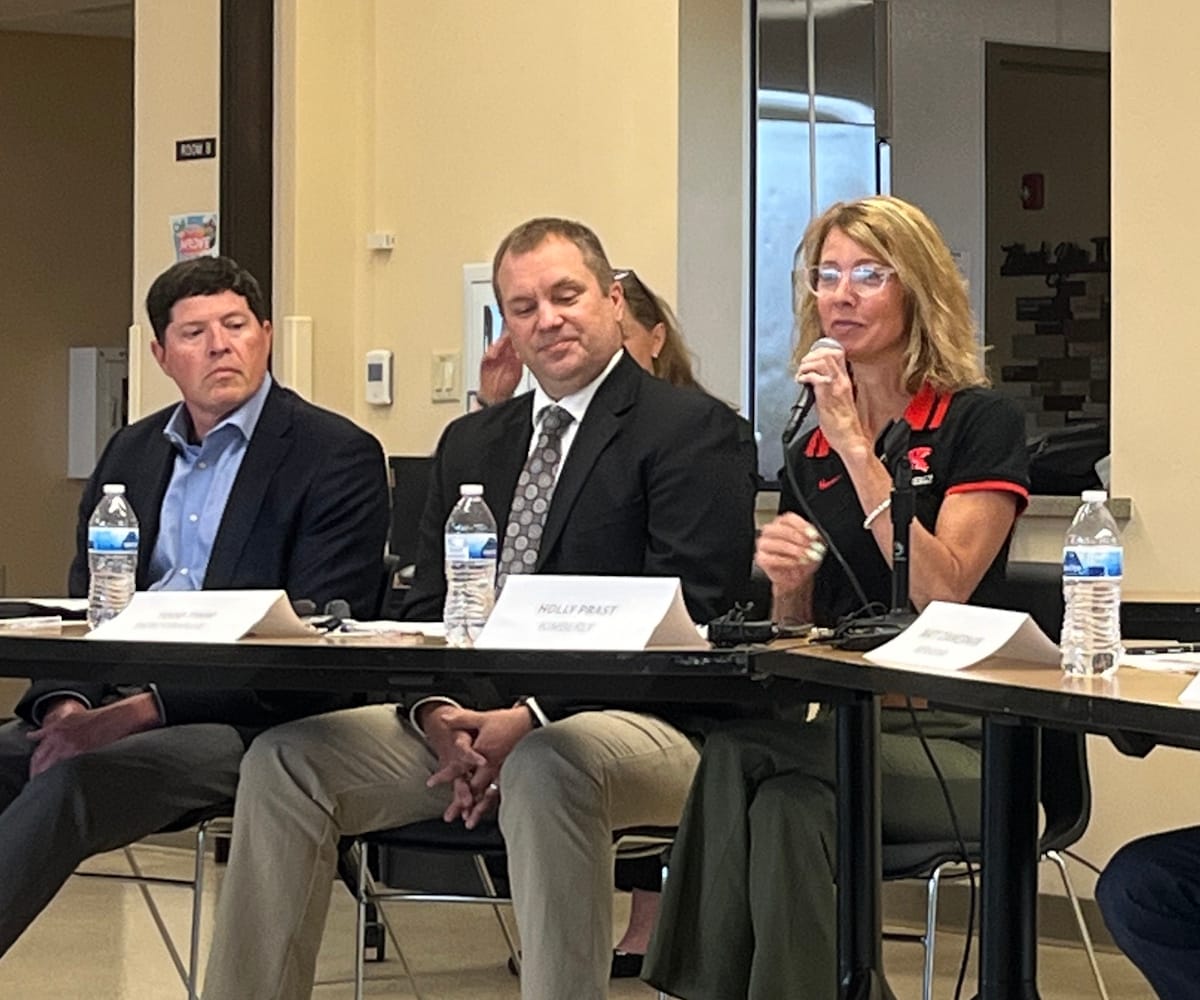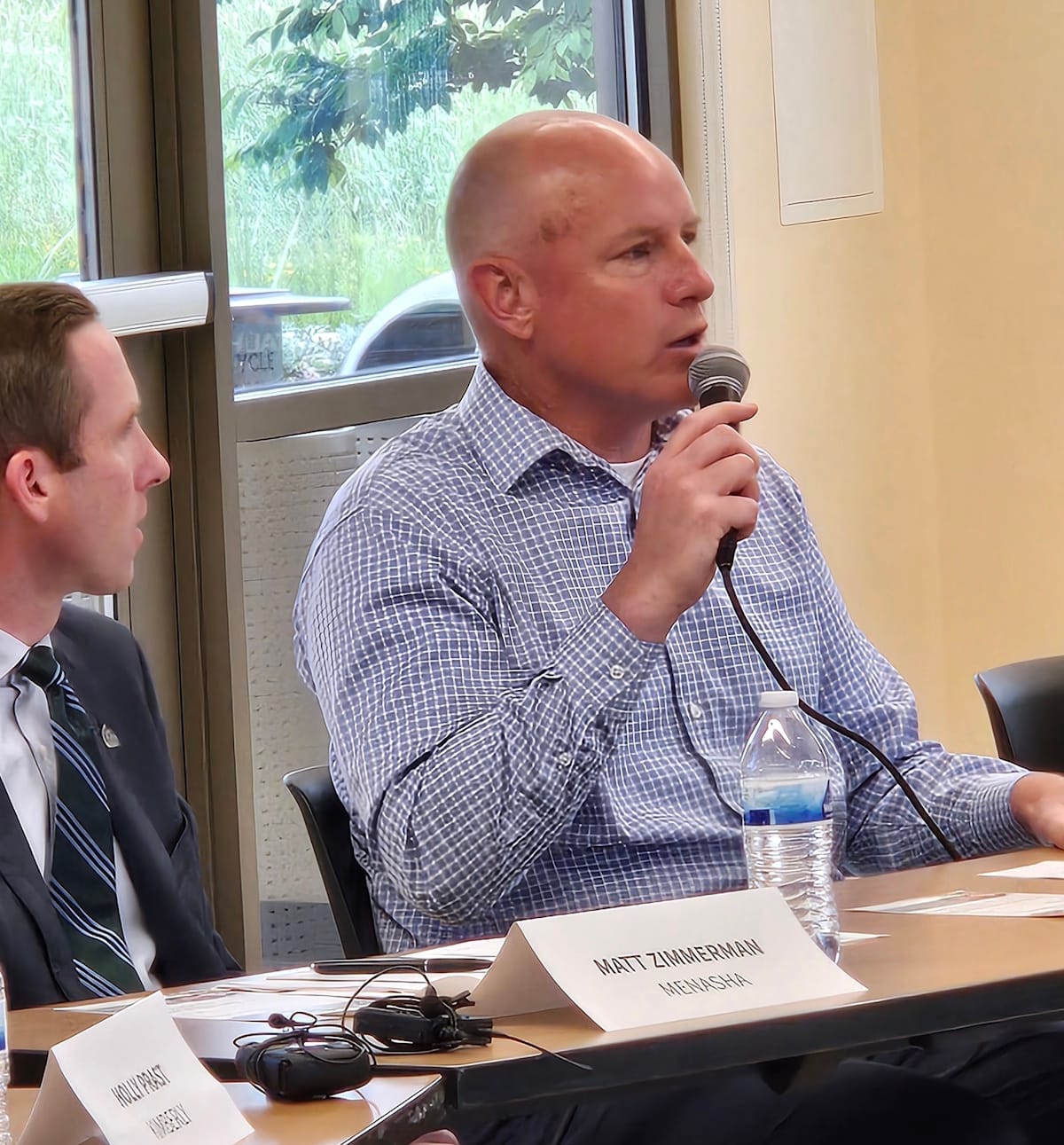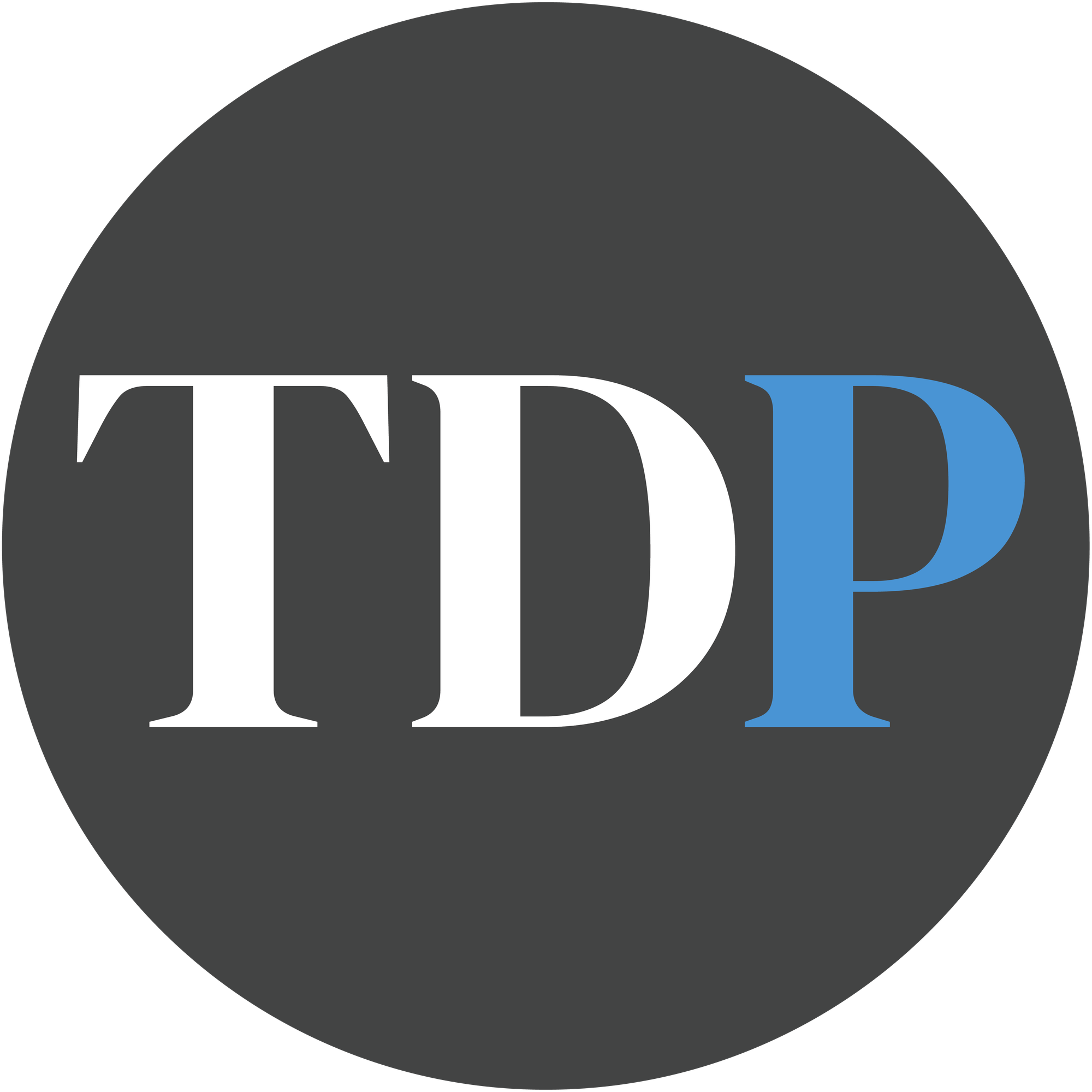Public schools have limited options without changes, administrators argue
Public education is taking hits from many directions, not just in the state’s refusal to release more revenue but in the amount of taxpayer money that gets redirected to voucher schools and the barely 30 percent reimbursement rate from the state for the cost of special education

- Wisconsin school administrators are facing a severe financial crisis
- Funding shortfall is leading to difficult choices
- A major point of contention is the low state reimbursement rate for special education
Striking a mostly unanimous tone of dedication mixed with disappointment and frustration, six area school administrators at a roundtable discussion in Grand Chute on Tuesday warned of the ongoing consequences of budget constraints, the refusal of the state legislature to share any of its $4.3 billion budget surplus and the siphoning off of yet more money to voucher schools.
Those consequences? Operational referendums and higher property taxes or cuts to staff and programs.
The event was hosted by Fox Cities Advocates for Public Education and was moderated by Denise Hutchison of Wisconsin Public Education Network.
The urgency arises after all 14 Republican members of the Joint Finance Committee proposed zero increase in public education funding in the biennial budget over the next two years, along with only a small increase in reimbursement to public schools for special education.
“When I look at the last two budgets, the increase in our revenue limit authority was 1.66 percent while the average inflation rate over those four years was 4.5 percent,” said Appleton Area School District Superintendent Greg Hartjes, whose district is currently facing a $12 million deficit. “And so we either need a substantial increase in revenue coming from the state or we have to go to referendum. That alternative to that is cutting expenses. So I would say we’re in a financial crisis that is the biggest we’ve ever faced.”
Cutting $12 million in expenses, Hartjes said, touches everything from educators to administrators to support staff.
The state legislature has refused to adjust school funding to keep pace with inflation over the past 16 years, and districts have fallen further and further into debt, or been forced to go to the voters for referendums that, when passed, are paid for through higher property taxes.


Left, Dr. Holly Prast speaks at the forum; right, Oshkosh's Neenah's Jim Strick (photos by Carol Lenz)
Menasha Joint School District just closed a $3.5 million deficit and is facing a new $1.2 million deficit, all that after being forced to close two elementary schools recently.
“I mean, we’re doing things that are trying to make education more efficient and are going to deliver the same service that our kids and our families have come to expect,” said Menasha Superintendent Matt Zimmerman. “But the state funding is making that harder every single year. And the folks who are getting hurt the most are the most vulnerable, students from low income families, students with English-learning needs, students with special education needs.”
Among the cuts Menasha was forced to make included paraprofessionals who help special education students, administrators and literacy coaches and interventionists.
Vouchers cutting into public school funding
Public education is taking hits from many directions, not just in the state’s refusal to release more revenue but in the amount of taxpayer money that gets redirected to voucher schools and the barely 30 percent reimbursement rate from the state for the cost of special education. Voucher school programs not only have higher per-pupil revenue limits ($12,731 to just $11,325 for public school students), they have much less accountability than public schools.
“We don’t shy away from competition in Kimberly,” insisted Kimberly Area School District Superintendent Dr. Holly Prast. “We are happy to compete with voucher schools. But transparency is the key. They don’t have to comply with all the things we have to comply with, such as Act 20, the literacy law that just passed. They do not have to test all their kids – only voucher kids – and report those results. No (Freedom of Information Act) request applies to any private or voucher school so you can’t ask the same questions of them as you can of public schools.
“And we’ve had a number of students that have gone (to a voucher school), the money has followed them and then that student comes back but the money doesn’t.”
Several of the administrators on Tuesday also said they’d like to see more transparency for the public regarding the cost to them of funding voucher schools. Currently, property tax bills itemize city, county, technical college, and public school district taxes but do not show the amount that goes to voucher schools. Such information, public school advocates believe, needs to be available to taxpayers.
“One of the things that we try to do is make our taxpayers aware of what their tax rate would be if we weren't paying for the vouchers,” said Neenah Joint School District Communications Director Jim Strick. “And it's pretty eye-opening, and I think people in the community that pay attention to that and see that message are always surprised when they hear about that.”
Green Bay just passed a law that will put the cost of voucher schools on property tax bills. In the 2023-24 school year $127 million taxpayer dollars were spent on voucher and non-district charter schools.
What’s more, under current Wisconsin Parental Choice Program (WPCP) law, there are enrollment caps even for those who qualify by income, which is 220 percent of the poverty level. Beginning the 2026-27 school year, those caps will be lifted entirely, which is certain to pull more funding away from public education.
Taxpayers are currently paying more than $700 million a year for private voucher and independent charter schools. The Department of Public Instruction resource provides specifics for each school district. The majority of the students on state funded vouchers never attended a public school. It is anticipated that voucher costs will increase as enrollment requirements are lessened.
Hortonville Area School District Administrator Todd Timm pointed out that more than 50 cents of the district’s mill rate goes to fund vouchers. He thinks the taxpayers ought to know that. All of the extra financial burdens on his district, he said, come as the challenges grow ever greater.
“We’re a high-achieving district,” Timm said, noting Hortonville is in the 88th percentile of the state’s 421 districts. “But we’re still a low revenue district, and we’ve seen a great increase in some of our medically fragile students and some students with larger behavioral needs that we need to service. And that calls for an increase in services like speech therapy, occupational therapy, and physical therapy.”
And Executive Director for Business Services for the Oshkosh School District Drew Niehans calls vouchers “a big impact in Oshkosh,” noting that a little more than $8 million was transferred to voucher schools last year and that will likely climb to $10 million within the next couple of years.
Retaining and attracting educators will also cost money
Teacher retention overall has become another critical issue for public schools as a result of budget shortfalls. Dr. Prast of Kimberly said the only way her district could balance its budget this year was by cutting nine positions, including teachers.
“It’s not fair to educators,” she stressed. “We provide quality service. We need to pay people what they deserve. When you think back to being in school, you think about those teachers, those people who made you want to learn. And attracting and retaining people within this profession is critical and we can do that when we pay them well, but also by creating a culture where we don’t have to raise class sizes because they aren’t able to meet the kids’ needs.
“Again, though, that is through resources.”
Timm, of Hortonville, noted that the number of educators emerging with licensure is way down from 15 years ago. He said competitive wages and benefits are essential to get those numbers to where they need to be.
“I think we have to be competitive not just with other schools but with private industry,” he said. “Because teachers have amazing skills. The resources need to be there for people to stay in it.”
Menasha’s Zimmerman said it doesn’t help attract people to the profession when they see the state legislature offering zero increase in public funding after years of not matching the inflation rate.
“Does that send the message that you’re going to be supported in meeting the needs of future citizens?” Zimmerman asked. “I don’t think it does. And so I think that this state budget makes it harder for us to recruit and retain high quality educators.”
Special education still well under-reimbursed, districts argue
Almost all on hand Tuesday agreed that if they could have the legislature change one thing above all it would be raising the special education reimbursement rate to 60 percent from the less than 30 percent it currently offers. While there is no specific federally mandated level of reimbursement, the Individuals with Disabilities Education Act requires states to ensure a free appropriate public education for all children with disabilities and to maintain a certain level of state financial support. Voucher schools receive a 90 percent reimbursement rate.
At the panel discussion, administrators spoke of the large amount of funds that must be transferred from their general funds to cover the reimbursement gap. It is 15 percent or $18 million each year for Oshkosh; $6.7 million at Kimberly and $4.3 million at Hortonville.
“If we were able to get to 60 percent, that’s about (almost) $9 million,” Niehans of Oshkosh said. “We have an $8 million operational referendum and we would be able to potentially look at reducing that.”
For Zimmermann at Menasha, a special education reimbursement of 60 percent would allow the district to stay out of deficit for the next two years, he said.
“When legislators say to me you should just reduce your cost in special education, I tell them, ‘We can’t!’” Appleton’s Hartjes said. “The federal law is not being followed by the state to meet the IEP needs of our students. We have to spend more money on special education next year than we did this year by a federal law.”
Surveys show that 76 percent of Wisconsinites favor a major increase in special education funding, including three in five Republicans.
The Wisconsin Public Education Network argues that the state is attempting to fund two parallel school systems, but that the only one required by the Wisconsin Constitution is the public school system. All agreed on Tuesday that until the legislature comes across with what they deem adequate support for public schools, referendums, bigger deficits and/or staff cuts will continue to be the results.
Public schools have limited options without changes, administrators argue © 2025 by Kelly Fenton is licensed under CC BY-NC-ND 4.0






